Residence Canada Fields Computer Science, Design Role Researcher | Name Bill Buxton Nationality Canadian Notable students Brad Myers | |
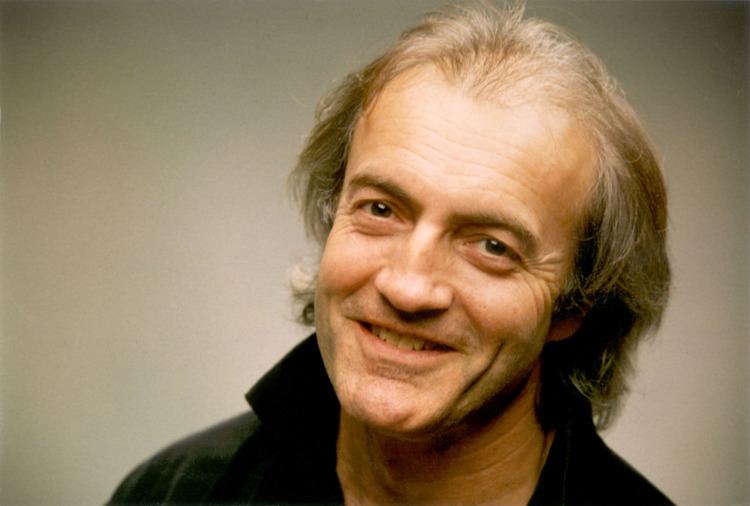 | ||
Born William Arthur Stewart Buxton March 10, 1949 (age 76) Edmonton, Alberta, Canada ( 1949-03-10 ) Institutions Utrecht UniversityUniversity of TorontoOntario College of Art & DesignAlias WavefrontXerox PARCMicrosoft Research Alma mater St. Lawrence CollegeQueen's UniversityUtrecht UniversityUniversity of Toronto Doctoral students Brad MyersI. Scott MacKenzieGordon KurtenbachShumin ZhaiBeverly HarrisonGeorge W. FitzmauriceRavin Balakrishnan Known for User interface pioneerMarking menuSketching in design Education | ||
Bill buxton at techfest 2013 designing for ubiquitous computing
William Arthur Stewart "Bill" Buxton (born March 10, 1949) is a Canadian computer scientist and designer. He is a principal researcher at Microsoft Research. He is known for being one of the pioneers in the human–computer interaction field.
Contents
- Bill buxton at techfest 2013 designing for ubiquitous computing
- Microsoft research s bill buxton on natural user interfaces
- Background and contributions
- Notable honors and awards
- References
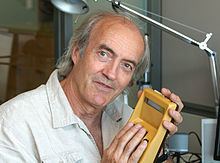
Microsoft research s bill buxton on natural user interfaces
Background and contributions
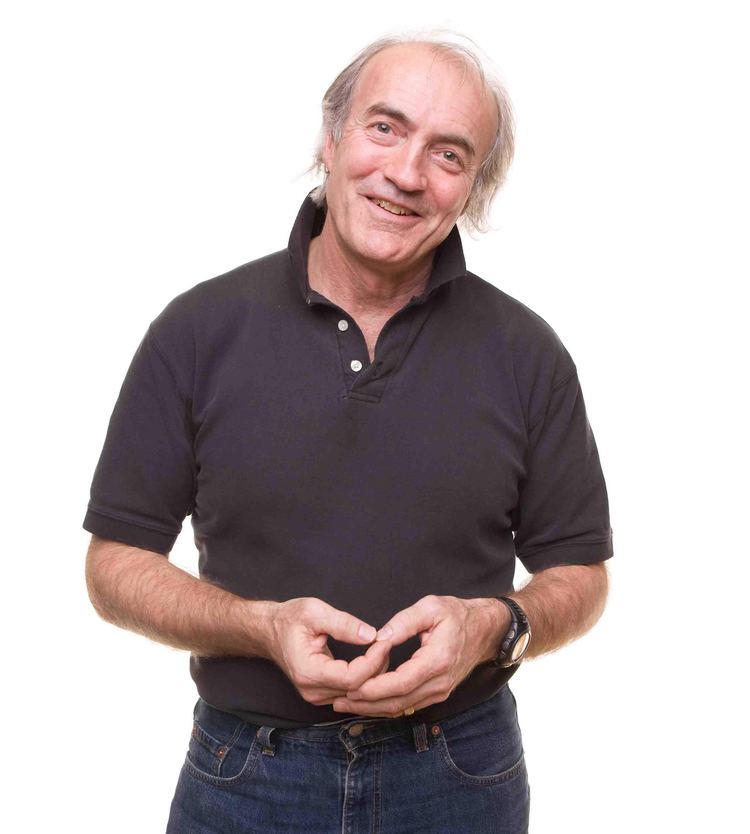
Buxton received his bachelor's degree in music from Queen's University in 1973 and his master's degree in computer science from the University of Toronto in 1978.
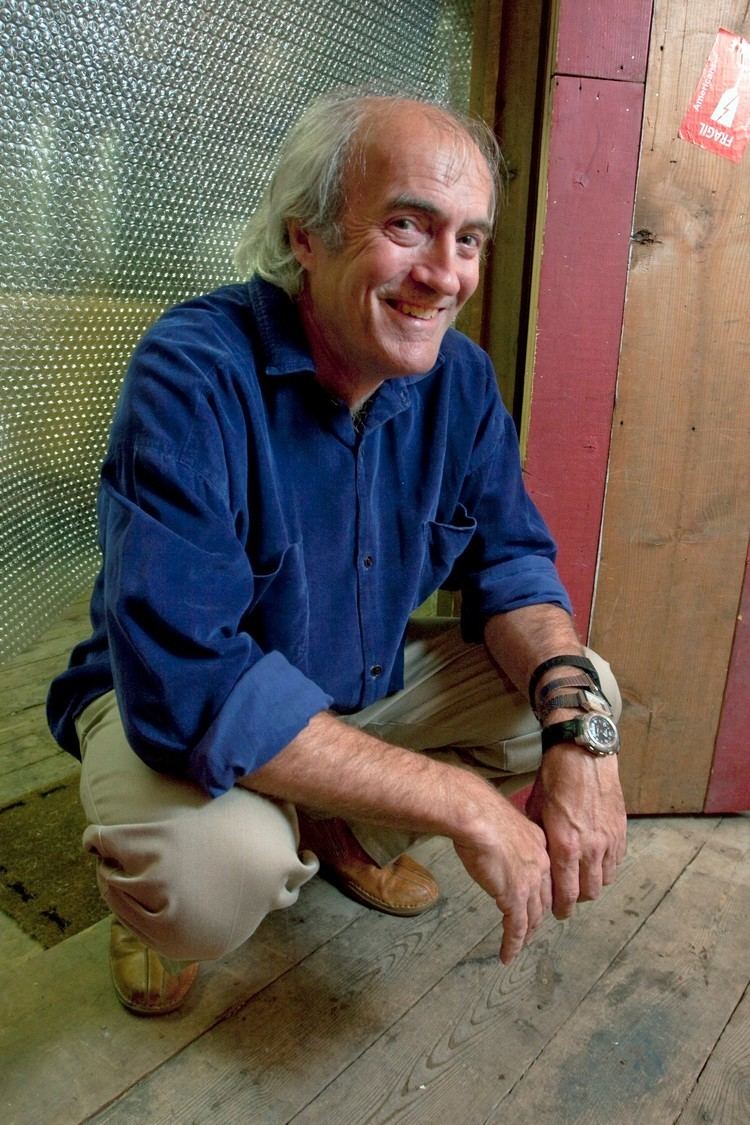
Buxton's scientific contributions include applying Fitts' law to human-computer interaction and the invention and analysis of the marking menu (together with Gordon Kurtenbach). He pioneered multi-touch interfaces and music composition tools in the late 1970s, while working in the Dynamic Graphics Project at the University of Toronto. In 2007, he published Sketching User Experiences: Getting the Design Right and the Right Design.
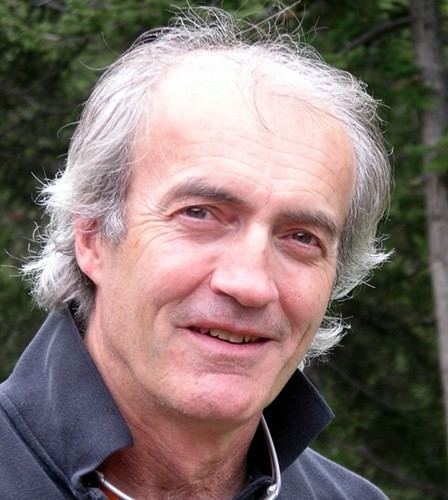
Buxton is a regular columnist at BusinessWeek. Before joining Microsoft Research he was chief scientist at Alias Wavefront and SGI, and a professor at the University of Toronto.
He received the SIGCHI Lifetime Achievement Award in 2008 for his many fundamental contributions to the human–computer interaction field.
